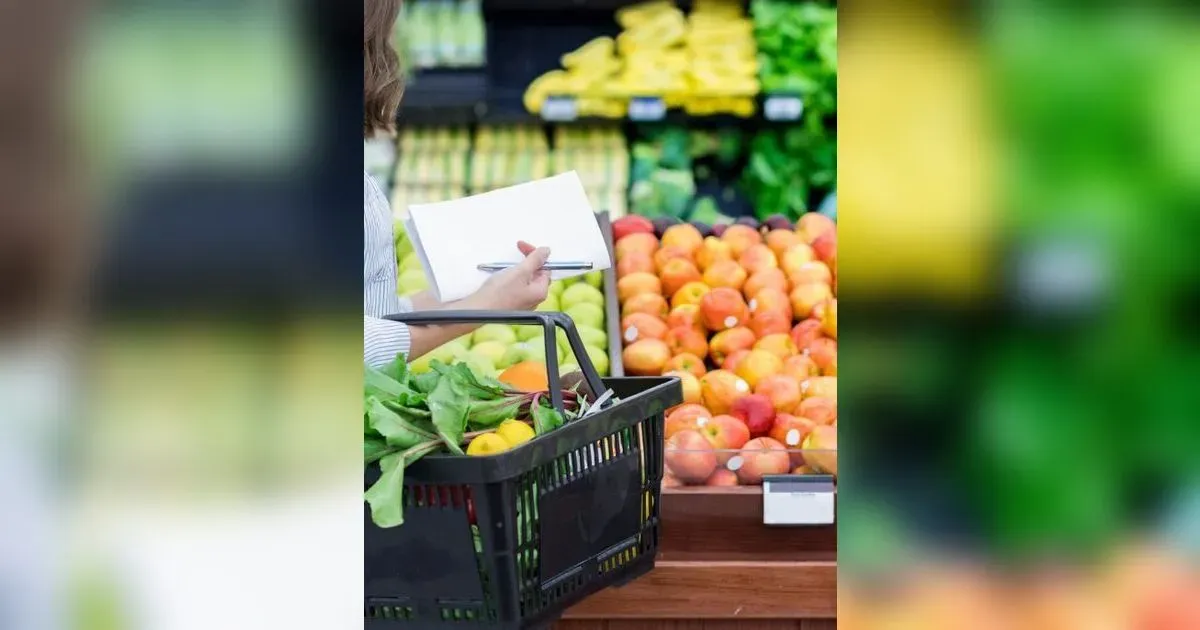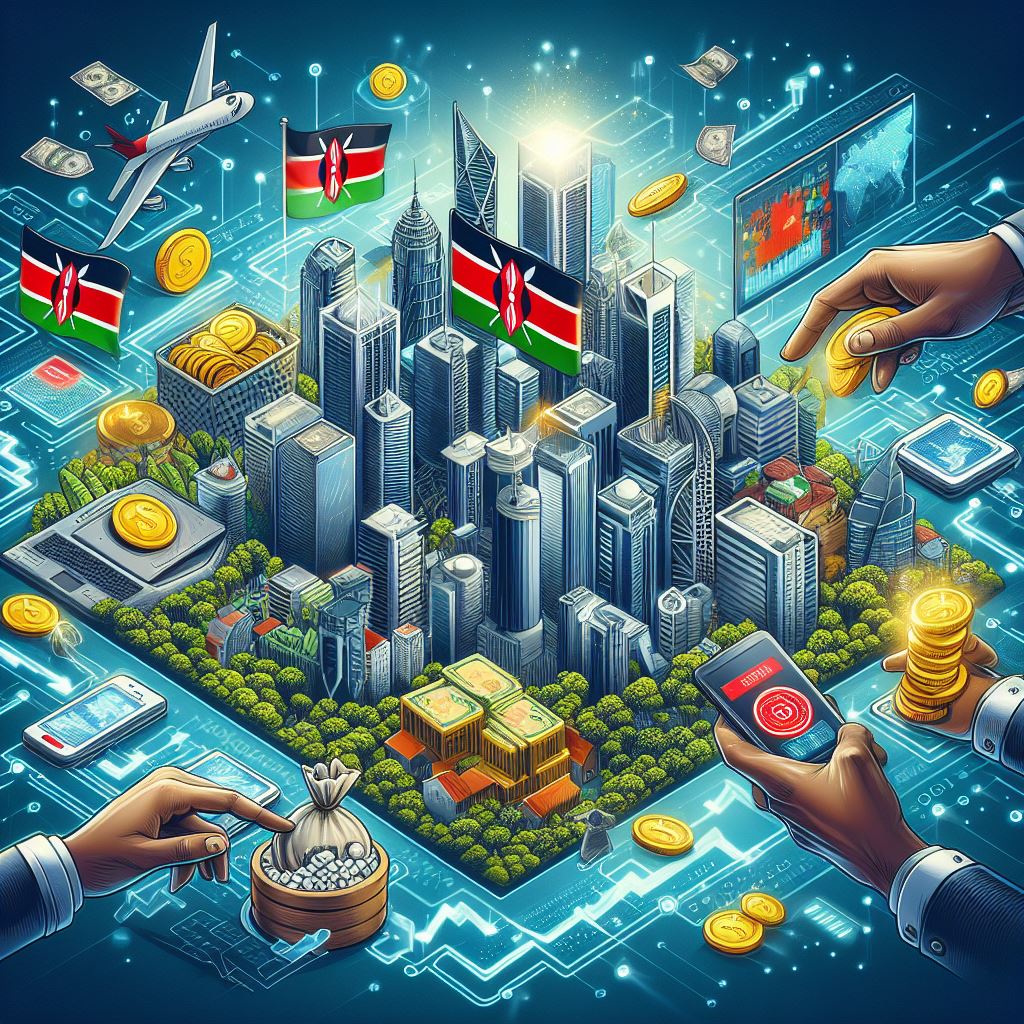Explore how agri-business innovation is transforming global food security through precision farming, biotechnology, and sustainable practices. This article examines cutting-edge strategies in urban agriculture, climate resilience, and public-private partnerships, providing a forward-thinking blueprint for a resilient, sustainable food system that meets future demands.
Introduction.
For global food security that is already facing unprecedented challenges such as rapid population growth, climate change, and increasing and changing availability of resources, equipment, materials, and livestock, this is an ideal time. The world population is projected to increase to 9.7 billion people by 2050, and the global food production system will need to increase productivity on scarce arable land. The four pillars of agriculture have for a long time been the source of humanity’s food supply and are now often inadequate, hence requiring revolution in food production, processing, and delivery. This has created an unprecedented demand for change in the provision and management of food, and has placed agri-business at the foreground as a key actor in providing sustainable, secure and efficient systems for food production and distribution to withstand shocks from both the natural and economic environments.
Agri-business is formed on the basis of technology, science, and trading by offering inventions that combine progressive practices with effective operations. Being relevant to the nature and growth of agriculture, the sector not only increases yield but also minimizes harm to the environment through applying inventions like precision agriculture, biotechnology, and sustainability in the agricultural process – what is critically important in the current state of the world focusing on environmental concerns. None of these innovations is primarily designed to increase productivity, but they are strategic to establishing a reliable food production and distribution network that can withstand force majeure events, scarcity, and volatility. Partnerships, policy, engagement, and technologies – the steps being taken by agri-business to develop the future secure food.
1. Agri-Tech Innovations: Precision Farming and Smart Agriculture.
Innovations in agri-tech, especially precision farming, are changing the way food is being produced by giving the farmer’s decisions to produce the maximum yield per acre using fewer resources. It is a process that uses technologies like a GPS-guided tractor, IoT-integrated soil sensors, or AI integrated information analysis about things such as soil moisture, nutrient concentration, and crop status. By capturing data at this level, farmers are able to input like water, fertilizers, or pesticides locally depending on what may be needed in that particular area, hence slashing costs and maximizing efficiency. In addition to raising production rates, this approach greatly decreases the environmental impact of farming, as inputs are conserved and wastage is reduced.
Smart agriculture can not only be limited to precision farming but is now a general category of a series of high technologies enabling intelligent and sustainable food production. Smart agriculture is a complex of systems that with the help of drones to monitor crop conditions, self- governed irrigation systems which adjust to the given climate data, early indicators of pests or disease outbreak and timely and efficient harvesting methods. Innovations like these are revolutionizing the part of the farmer now armed with knowledge that was nearly impossible to dream of: it is perfecting models that are efficient, profitable, and sustainable for the future of farming.
2. Biotechnology and Latest Development in Crop Resistance to Pest and Diseases.
The integration of agricultural biotechnology and genetic engineering is considered to be the most responsive to the needs of agri-business by providing breakthroughs in food production through crop improvement. Thanks to tools like CRISPR-Cas9, researchers are growing crops that are resistant to unfavourable factors, including climate change: drought, freezing temperatures, or pests. These streams of genetically modified crops not only maintain their productivity under unfavourable conditions but also demand less resources like water and pesticides more in tandem with today’s sustainable farming. Since these plants are relatively more robust and produce better yields than susceptible ones, cultivations of these crops greatly enhance food security, especially in fragile climates.
In addition to resilience, there are important developments in biotechnology for nutritional quality improvement in staple crops needed to tackle malnutrition and micronutrient deficiencies affecting millions of people. Through bio-fortification, crop scientists hope to bring wholesome and fortified foods, which are rich in vitamins and minerals, to needy people and in the process make biotechnology a valuable ally when it comes to combating world hunger and malnutrition. With the continually increasing public approval for the consumption of genetically modified foods, these biotechnological innovations are anticipated to revolutionize agriculture and building the future in which farming is efficient and responds to various conditions related to health and sustainability.
3. Eco-Friendly Farming Techniques,Such as Agroecological Farming.
Organic qualitative farming methods are fast taking root in agriculture as farmers embrace practices that are friendly to the environment and base their practices on the aspects of soil health, and agro-biodiversity labeled as the key to a sustainable production. Rotations, cover crops, and no-till agriculture, the practices that are proven to keep the structure of the soil, do not allow the elements to wear the soil away as well as help improve the nutrient quality. Through a focus on making farmland habitats friendly to natural practices, these techniques decentralize the use of artificial fertilizers and pesticides and, therefore, are a greener way of farming. Ecological agriculture, especially regenerative agriculture, concentrates on reestablishing soil health, primarily, embracing carbon sequestration and increasing prospects of biodiversity, in a creation of farming systems that also produce food notwithstanding other benefits related to environmental sustainability.
Eco-friendly and ethically produced food has been on high demand among consumers, which has put pressure on the suppliers to produce foods from sustainable agriculture. We are witnessing an evolution toward these forms of big agriculture with increasing concern for creating food abundance, which is also sustainable. Reliable and constantly replenishable solutions form the basis of sustainable food security for the growing populace and reduce the load of agriculture on the environment. This is not some fashion, this is their necessity; Finally, the agriculture sector is in a search for a balance between production necessity and planet’s sustainability.
4. Vertical Farming and Urban Agriculture: Feeding the Future in Cities.
Vertical farming and urban agriculture are ideas to feed ever expanding urban populace besides which available land is suitable for farming is scarce. Vertical farming means layers for the cultivation of crops under controlled conditions and mostly using hydroponics or aeroponics in order to reduce water usage. This method alone even saves space, and herein manufacturing could be done year round as opposed to seasonally, hence offering an endless, localized supply that is independent of the weather hinging supply on demands on long-distance transportation. Vertical farming in high-rise buildings provides fresh food produced in an enhancing environment, and this is one way of addressing feeding the city population.
Rooftop farming, community gardening, urban farming, and high-rise hydroponics are providing food to the urban dwellers by reducing food miles and improving the freshness of the foods being consumed by city dwellers. Thus, the interaction of agricultural land within the area can diminish urban dependency on the countrysld for foods resulting in a compact food territory. With urban agriculture emerging as a more feasible concept, it points to the new ability for urban centres to play an active productive role in relation to food and the construction of sustainable and localized food systems.
5. Climate change and food security: The Role of Agri-Business in Climate Adaptation and Resilience.
As climate change deepens, efficiency is instrumental in the co-development of strategic measures that guard agricultural commerce against climatic hazards. It is worth noting that agri-business is already involved in a number of efforts for making its food production system interrupt and weather resistant. The use of these investments is crucial crucial for reducing crop losses and maintaining food availability, as climate conditions shift. Carbon sequestration in the soils, renewable power, and climate realistic agriculture are also other areas most agri-businesses are investing in in an effort to embrace sustainable and sustainable business. Climate adaptation in the agricultural business also refers to risk management techniques, and companies opt for new insurance and financing products to support farmers. Such an overall approach to climate adaptation assists in the construction of a stable food supply that will otherwise be unable to feed the world’s populations in consideration of global climate change. Agri-business is not only reacting to the impacts of climate change but is also playing an active role in achieving a climate change mitigation approach to food security.
Conclusion.
It has also become important for different partners in agri-business to form partnerships to foster the scaling up of the innovations because of the necessary funding and other resources required to support the diffusion of new innovations i the market. A rapidly increasing amount of funds are spent on research, development of infrastructure, and increasing capacities of farmers for the usage of advanced technologies. Such collaborations guarantee that the innovative arrangements are available for the varying farmers from small to big dealers, making the agriculturally transformed inclusive. Because of these collaborations, there is a way of achieving large-scale objectives such as food security through strategic and resource Supported partnerships between the public and private sectors.
Favourable policies and subsidies play an important role as necessary in order to boost innovation within agri-business. Currently, governments have a crucial role in providing rules that will establish appropriate legislation, offer financial stimuli, and promote the utilization of environmentally friendly technologies. License purchases like carbon credits, business incentives like tax exemptions and subsidies for green practices, as well as funding support for research, development Seed capital for growth of agri-business fuels innovation These policy supports are important to continue making agri-business as a driving force in towards food security in the global society with favourable agriculture economic returns and environmental future.


























